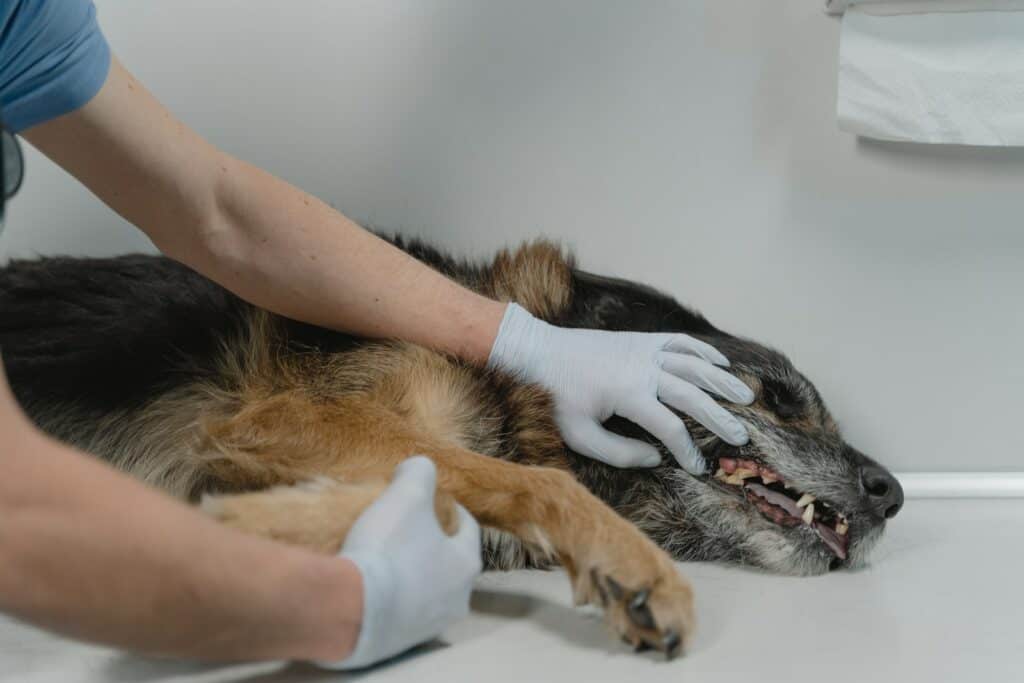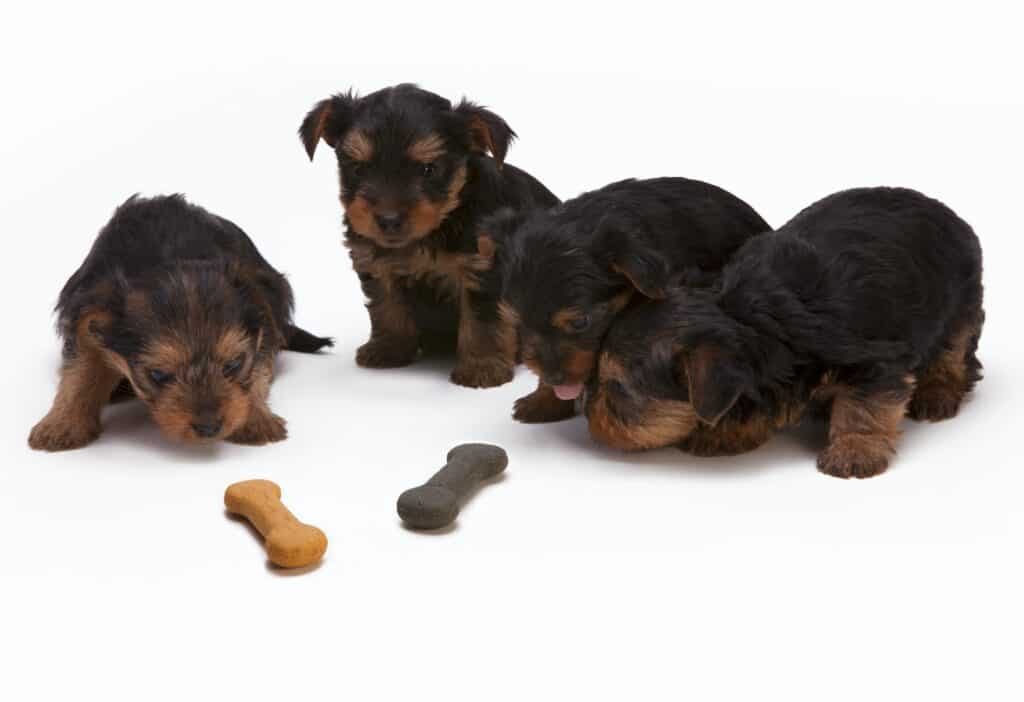As a pet owner, you want to make sure that you’re providing the best possible food for your furry friend. But what if that food is packed with chemicals that could be harmful to their health?
The Environmental Working Group (EWG) commissioned an independent laboratory to test 11 bags of pet food for total fluorine.
Fluorine indicates the likely presence of PFAS and is usually stated in parts per million, or ppm.
Four bags with the highest concentrations of fluorine were sent for additional tests, which revealed levels of specific PFAS compounds.
The tests uncovered individual PFAS in some of the pet food bags: the chemicals PFBA, PFPeA, PFHxA, PFHpA, x62FTCA, x62diPAP, and PFPrA.

There is evidence that exposure to some PFAS in the environment may be linked to harmful health effects in humans and animals.
Some pet foods contain a chemical called PFAS. These chemicals are present in water, air, fish, and soil at locations across the nation and the globe.
There are thousands of PFAS chemicals, and they are found in many different consumer, commercial, and industrial products. This makes it challenging to study and assess the potential human health and environmental risks.

The chemicals are likely used in pet food bags to make them repel grease.
For dogs, Kibbles n’ Bits Bacon and Steak flavor registered 590 ppm of total fluorine. Additional tests found two PFAS at 14.3 ppb. Blue Buffalo’s Life Protection Formula Puppy Chicken and Brown Rice Recipe food had total fluorine of 140 ppm. While some of the PFAS levels are considered by public health advocates to be high, no legal framework to measure it exists.
“The concentrations of PFAS found in pet food bags represent a significant source of PFAS in the home,” said Sidney Evans, a science analyst with the EWG. “They’re a good indicator of how much PFAS may eventually be released into the environment after these coatings wear down.”

Since animals mature and age about seven times faster than children, they are more susceptible to developing health problems from chemical exposure.
Despite pressure from public health advocates, the Food and Drug Administration has refused to ban the use of PFAS in food packaging, and efforts to do so via legislation have died in Congress.
“We need strong new state and federal actions to eliminate sources of PFAS pollution … and end unnecessary uses of PFAS in pet food packaging and in products found in and around the home,” Evans said.
| Brand | Flavor | Total fluorine (ppm) | Number of PFAS | Total PFAS (ppb) |
| Blue Buffalo | Life Protection Formula Puppy Chicken and Brown Rice Recipe | 140 | 1 | 1.7 |
| Iams | Lamb and Rice Recipe | 12 | NT | NT |
| Kibbles ’n Bits | Bacon & Steak Flavor | 590 | 2 | 14.3 |
| Pedigree | High Protein Beef and Lamb Flavor | 15 | NT | NT |
| Purina | Dog Chow | < 10 | NT | NT |
| Purina | Puppy Chow High Protein Complete with Real Chicken | < 10 | NT | NT |
* NT = Not Tested

No top pet food manufacturer has committed publicly to stop using forever chemicals in their packaging.
This means that there is a chance that your pet’s food may contain these harmful chemicals. If you are concerned about your pet’s health, please talk to your veterinarian. You can also visit EWG’s website for more information.




















